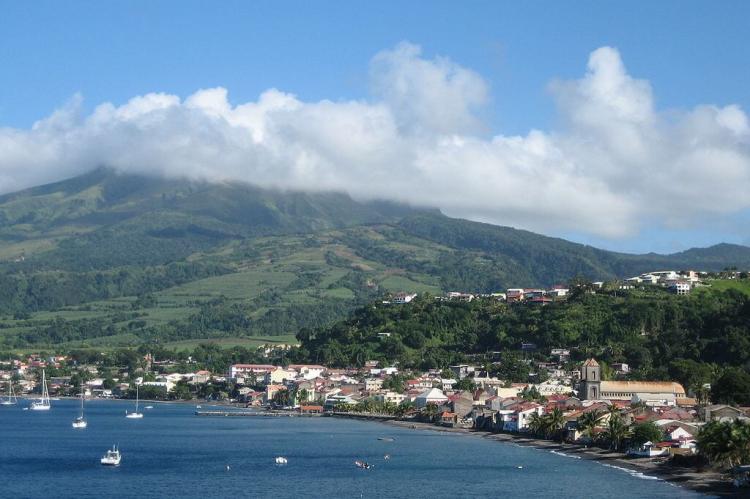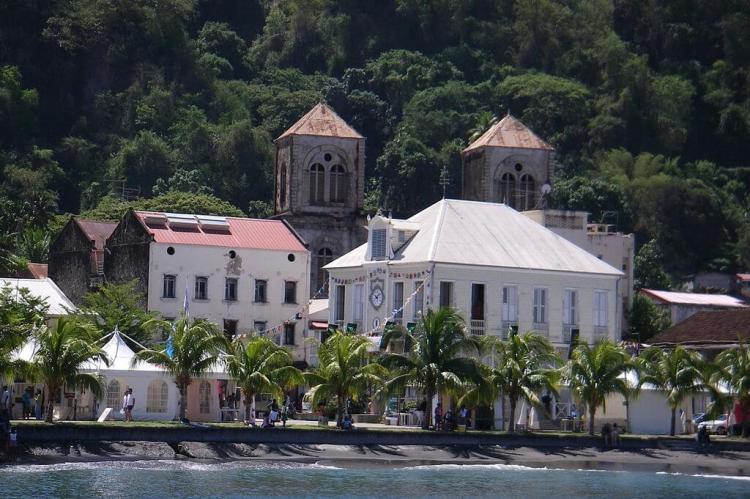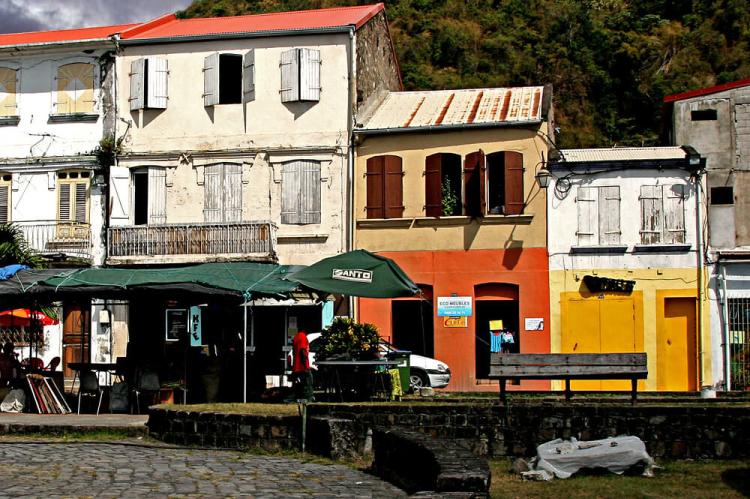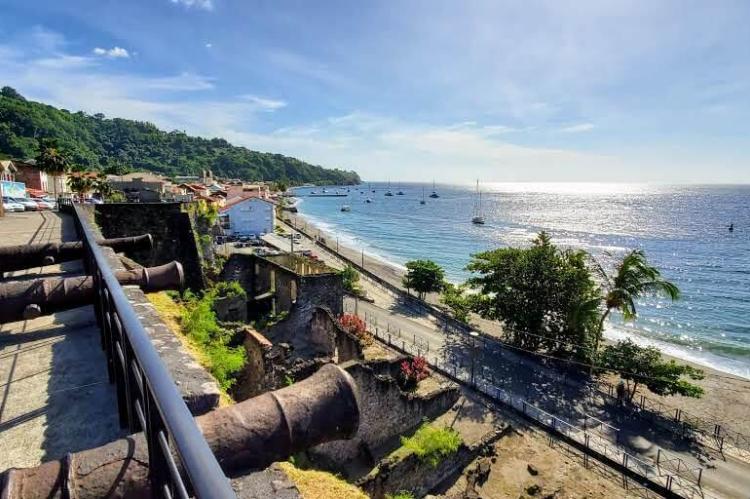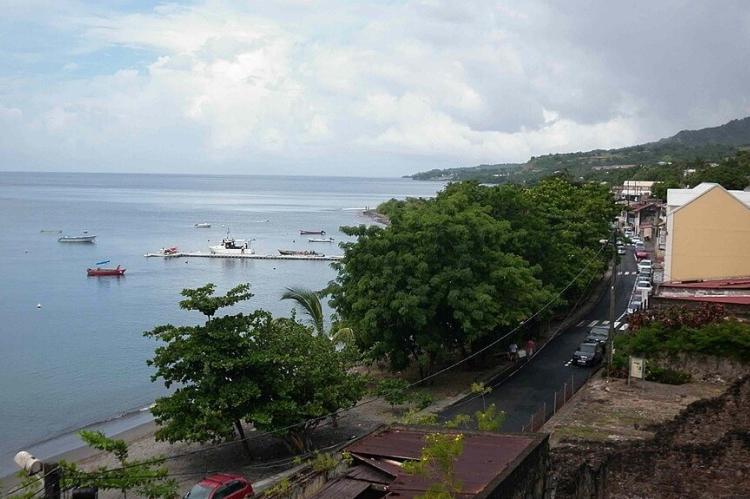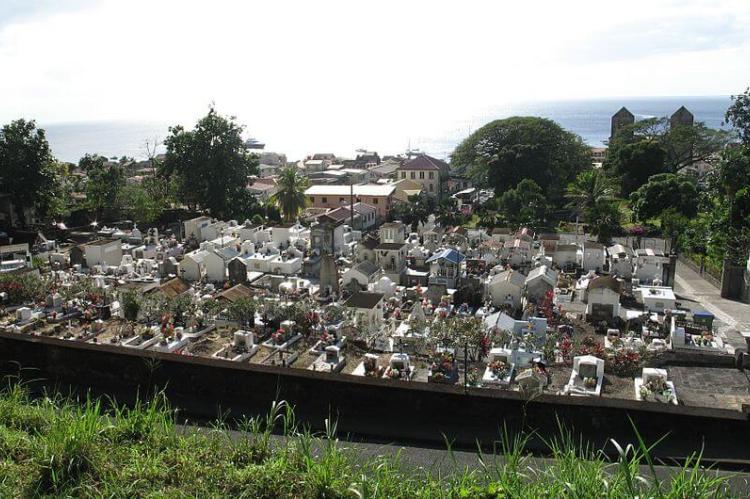The Town of Saint-Pierre, Martinique: A Storied History and Resilient Spirit
Saint-Pierre is a historic town on the northern coast of Martinique, a French island in the Caribbean. It was founded in the 17th century, but a volcanic eruption in 1902 cut short its prosperity. Today, the town has rebuilt and blended its rich history with a renewed commitment to the future.
The Town of Saint-Pierre, Martinique: A Storied History and Resilient Spirit
Nestled along the northern coastline of the lush, volcanic island of Martinique lies the historic town of Saint-Pierre. Martinique is an island country that is an overseas region of France, situated in the eastern Caribbean Sea as part of the Lesser Antilles island chain. Specifically, the island is located about 725 kilometers (450 miles) southeast of the Puerto Rican mainland and 420 kilometers (260 miles) north of the Venezuelan coast, occupying a strategic position in the Windward Islands.
The Founding and Prosperity of Saint-Pierre
Saint-Pierre's origins date back to the early 17th century, when French settlers first arrived on the island. In 1635, the town was officially established and quickly grew into an important commercial center due mainly to its prime location on the Caribbean Sea. Saint-Pierre flourished over the next two centuries, becoming one of the Antilles' wealthiest and most vibrant cities.
The Golden Age of Saint-Pierre
The town's golden age reached its apex in the late 19th century. Bustling with trade, industry, and a thriving arts scene, Saint-Pierre earned the nickname "The Little Paris of the Antilles." Opulent theaters, cafes, and grand colonial architecture lined the picturesque streets, creating an atmosphere of refined European elegance in the heart of the tropics. The town was home to a cosmopolitan population, drawing merchants, intellectuals, and artists from across the globe.
The Tragic Eruption of Mount Pelée
However, Saint-Pierre's prosperity was tragically cut short on May 8, 1902, when the nearby Mount Pelée volcano erupted with cataclysmic force. In the span of just a few minutes, a massive pyroclastic flow swept through the town, virtually annihilating everything in its path. Estimates suggest that over 30,000 people perished in the disaster, making it one of the deadliest volcanic events in recorded history.
The Resilience of Saint-Pierre
The once-thriving metropolis was reduced to rubble, and Saint-Pierre was left as a haunting ghost town. The ruins stood as a stark reminder of the town's violent demise for decades. However, the indomitable spirit of the Piérrois, as the town's residents are known, refused to be extinguished. Slowly but surely, Saint-Pierre began to rebuild and reclaim its place on the map.
The Reclaimed Glory of Saint-Pierre
Today, Saint-Pierre has reemerged as a vibrant community, although it has never fully regained the grandeur of its pre-1902 heyday. The town's historic district, with its charming colonial architecture and winding streets, has been meticulously restored, offering visitors a glimpse into its storied past. Beyond its architectural treasures, Saint-Pierre has also reclaimed its reputation as a cultural hub, with a thriving arts scene and annual festivals celebrating the town's resilient spirit.
Saint-Pierre's Enduring Legacy
While the scars of the 1902 disaster still linger, Saint-Pierre has emerged as a testament to the human capacity for resilience and reinvention. From the ashes of tragedy, this remarkable town has risen once more, blending its storied past with a renewed sense of purpose and a commitment to honoring the memory of those who perished. Saint-Pierre stands as a profound example of the strength and perseverance of the Piérrois people, a living embodiment of the enduring spirit of the Caribbean.
